Don't Confuse Image Style with Photographer Style
In photography, "style" tends to be a mushy, confusing term that can take people down the wrong path: Shooters try to be something they're not when asked to shoot "this style." Likewise, clients looking at images may pass over a photographer who might have been exactly what they're looking for because the portfolio shots or previous works "aren't the style we want."
"Style" actually means two things in photography (maybe more, but we'll say two for this point): the image's style and the photographer's style.
Image style refers to common technique: environment, lighting, angle, perspective, etc. It's not precise, but most people would agree that the first two of these three shots have the same (or at least similar) image style, and third does not:
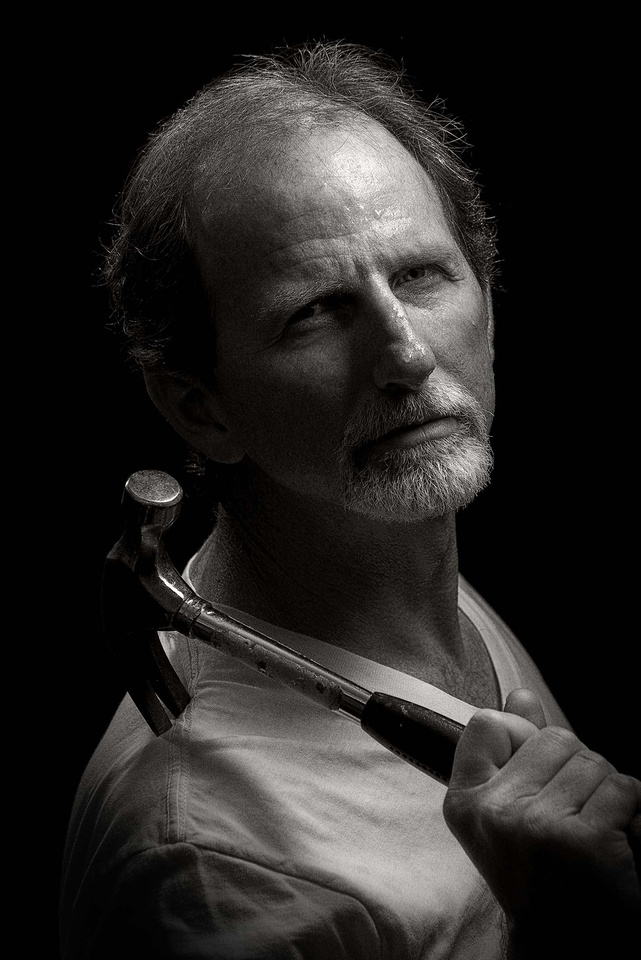

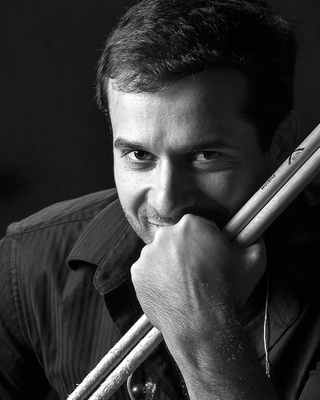

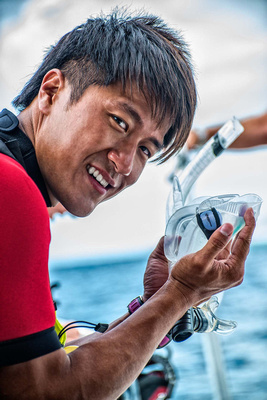

Image style is a general look that applies regardless of who took the shot, where, etc. For example, the first two images reflect Rembrandt lighting, and this technique imparts an image look (style) that many photographers have used for decades. The third shot has an entirely different look; it has a different image style.
Photographer style is entirely different. It is that something that unifies all the works of an artist, regardless of image style. Take, for example, the works of the highly-acclaimed Annie Leibovitz. She shoots art, fashion, portrait and advertising in a myriad of image styles, yet her work is almost unmistakeable. There's something about her style that cuts across image style; it's what makes her images unique – something you will only get from her. Consider Gregory Heisler, and George Hurrell, both masters of the portrait. You'll find many different image styles in both of their works, yet there's something unmistakeable: a Heisler is a Heisler, and a Hurrell is a Hurrell. The same is true in classic art – a Monet is a Monet and a Picasso a Picasso.
Image style must change to fit the subject, or you're not doing your job as an image maker. Look at the shots below: I shoot a lot of training/scuba lifestyle images; the style I use for those is nothing like what I use for studio fashion or a portrait. And, those differ from the image style for, say, composited artistic work. Even within a genre, image style must change to fit the subject and to meet what the client needs. Shooting high fashion in a studio demands a very different approach from shooting casual fashion in the field. So, you use different tools for each of these needs. You shoot at a different pace with different lighting. You interact differently with subjects and models. You think differently because you must approach each differently.
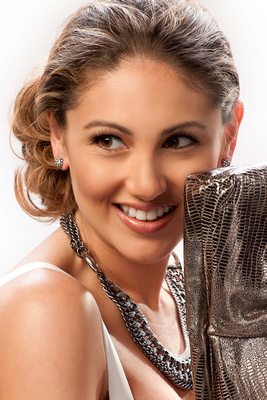



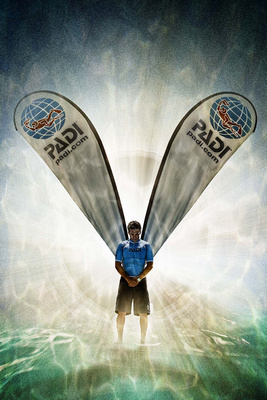

But, across all these differences, the photographer's style doesn't change; it's the fingerprint that makes a Hurrell a Hurrell or a Leibovitz a Leibovitz. Photographer style may evolve, but one can't eliminate it or hide it. If you know my work, all six of these images are clearly my work, despite very different locations (studio, field), equipment (full studio light, run-and-gun reflectors & speedlights) and interactions (serious and methodical, quick & fun).
If you're a photographer or photographic artist, it helps to master many image styles, but your style is what makes your work singular and unique. You can't force your style into a mold, but you can help it evolve and grow by studying your craft and by shooting a lot, of course. But, don't try to shoot like Heisler or Hurrell. You can't; you just come across as a counterfeit. Learn from the masters, but shoot like you.
If you're a client who wants a particular look or feel for an image or series, don't let image style blind you to the photographer's style. That is, don't assume that because a shooter is great at a particular image style that that is the only image style the person is good at. Or, that that person can't shoot other image styles (that may be the case, but don't assume it without checking). Look at the photographer's style – the ineffable something that unites very different works from the same artist. If it works, chances are it works across many image styles. If it doesn't work for you, then you probably won't like it any better with different lighting.